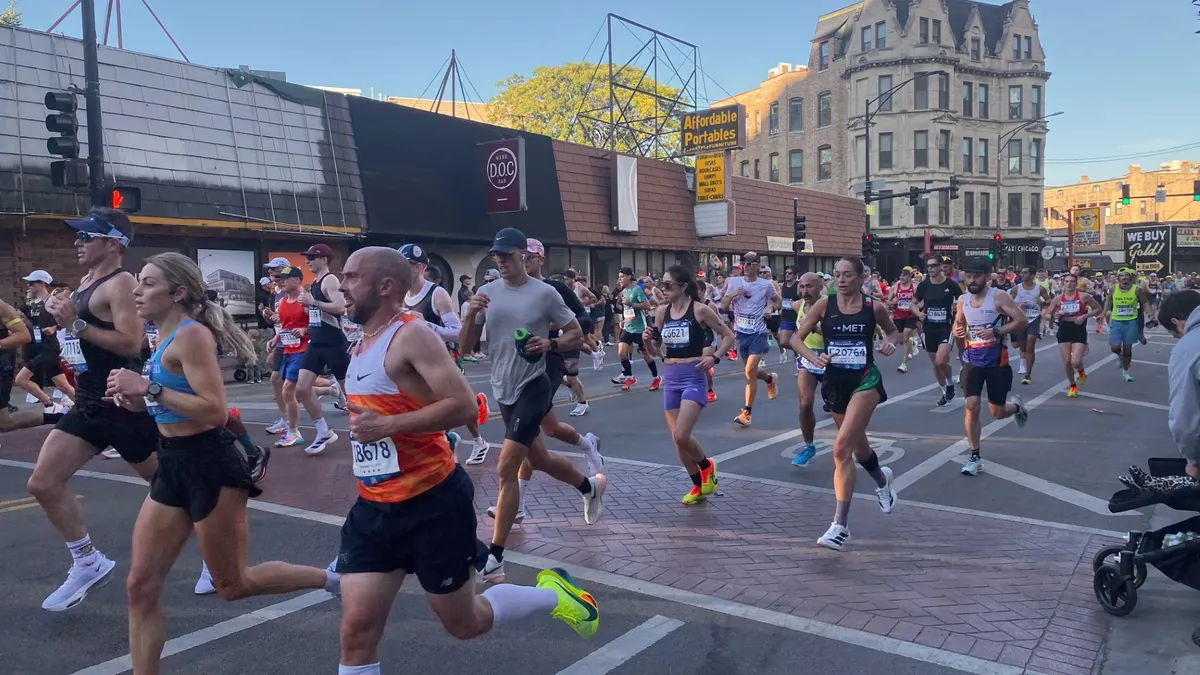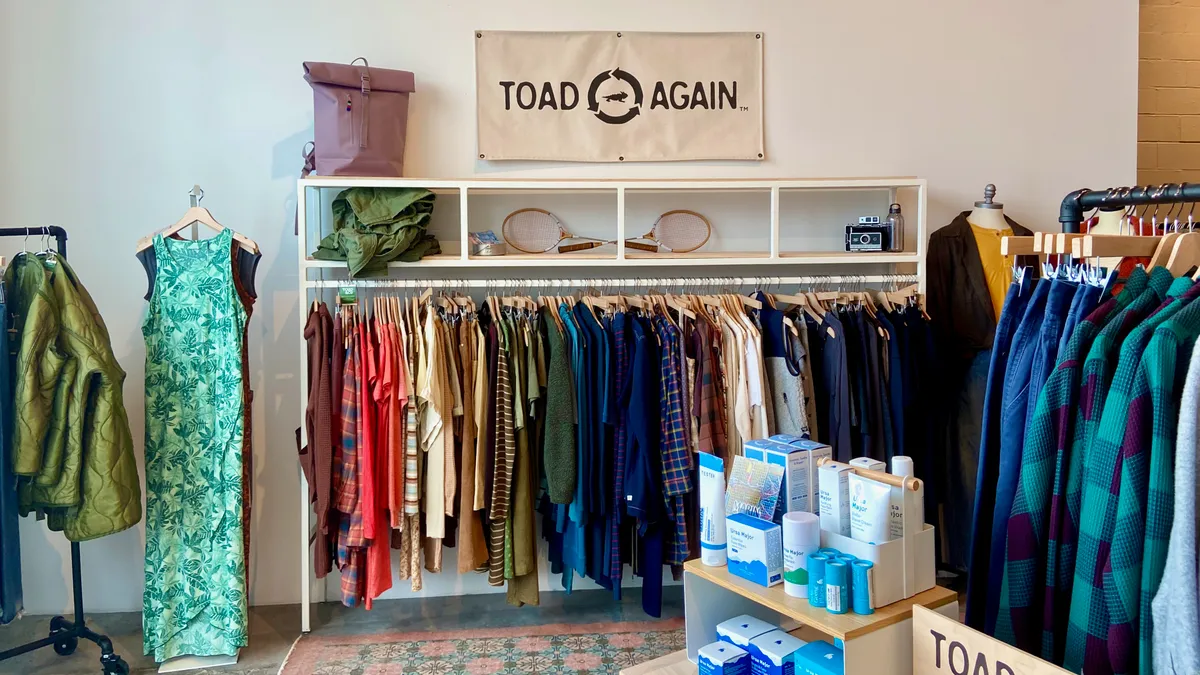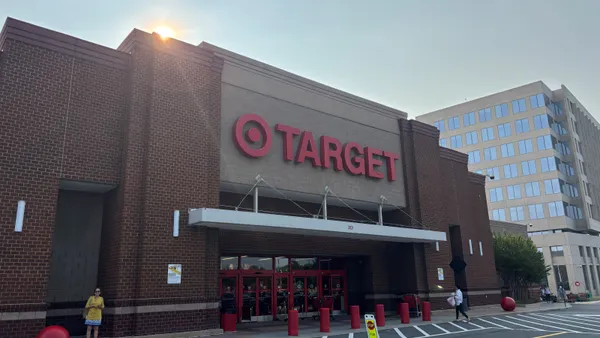Charitable giving by American businesses is nothing new. Just look at the moniker “Rockefeller”: A surname so often linked to parks, universities, museums, and bastions of American culture that it overshadows the robber-baron whose monopoly had to be trust-busted in the early 20th century. But Mr. Rockefeller, not just his lucky heirs, was a financially generous businessman—to the causes he believed in, if not to his employees or competitors (when he had them).
For years, setting up a foundation that has a certain amount of autonomy to contribute to the arts and address social needs has been a solid and low-key way for companies to give back. Henry Ford, Henry Luce, even American millionaires and billionaires not named “Henry” established foundations whose charitable missions were closely tied to their interests, and they remain flush and active today.
But charity has entered a new phase of what observers are calling “compassionate consumerism,” and retailers are at its forefront. The grandfather of this trend was actor Paul Newman's Newman's Own, which closely linked buying his products with charitable contributions. This combines a retailer’s actions with its customers’ choice, which can boost a brand and make everyone feel good about their capitalist endeavors in the process. But, as shown below, there are also pitfalls to this type of consumerism.
Toms and the buy one-give-one model
Toms, led by founder Blake Mycoskie, is the brains behind what most people think of when they say “compassionate consumerism.” In a way, his charitable idea led to his retail business, rather than the other way around.
During a 2006 visit to Argentina, Mycoskie saw a multitude of shoeless children. Fueled by this observation, his idea was to clone the simple Argentinean farming shoe—which closely resembles the espadrilles found in Spain and France—for sale in the U.S., giving a pair for each one sold back to shoeless Argentineans in need. That tied shopping with giving quite neatly—without even a shoelace, unleashing a whole new form of enthusiasm in retail. Everyone seemed to be willing to participate, including celebrities.
With that success, the practice quickly attracted copycats. Sketchers, in fact, copied pretty much the whole thing, from the style of the shoes to the buy-one-give-one, even naming their product “Bobs.” The move was so nakedly cynical that the campaign quickly shut down after buckets of derision were heaped upon it.
But Mycoskie had welcomed copycats from the start. In addition to adding eyewear to his buy one-give-one campaign, he has opened a Toms “One for One” Marketplace, where shoppers can purchase goods from participating companies benefiting a wide range of humanitarian causes.
The trouble with the Toms model
While Sketchers was ridiculed for jumping on the Toms bandwagon, some consumers and observers have been questioning the model itself, not just the intentions or execution of its copycats. A write-up in Mother Jones magazine featured many charity workers who pointed out some serious flaws with the well-intentioned efforts. Some of their concerns focused on shoes being delivered to children who didn’t need them over those who did (a problem in Ethiopia) and the company competing with local shoemakers. For others, it’s a charity-begins-at-home problem, as Toms shoes are not American-made.
Tweaking the Toms model
The beauty of the Toms model is in its simplicity. Buy one, give one. It’s the do-gooding “BOGO." But perhaps the model is overly simple. The various criticisms of the model have led many retailers to put more care into the way such programs are set up. One such retailer is—Toms itself. Mycoskie has clearly heard his critics and is now manufacturing some Toms shoes in Haiti, employing some 100 Haitians in a “responsible, sustainable” shoe business. Mycoskie has also said he plans to eventually produce at least a third of the shoes that are given in the places where they’re distributed.
Going beyond the Toms model
While the simplicity of the Toms idea is the root of its innovation, it can feel a bit crude to some consumers. Keds, another shoemaker, just announced a campaign with multiple facets that will likely please its customers and fits nicely with its brand. The still-popular American brand that has been around since 1916 is running the Keds Brave Life Project in partnership with the nonprofit Girls Leadership Institute, which offers camps and educational programs for girls that emphasize emotional intelligence, healthy relationships, and assertive self-expression. Its female focus is also a good match for its relationship with Grammy Award-winning singer Taylor Swift, who has a clean-cut image, a sweet personality, and formidable talent.
Warby Parker’s eyeglass donation program is designed as a buy-one-give one as well, but the company works closely with the nonprofit Vision Spring to distribute its wares. In addition to providing frames and lenses, the Warby Parker/Vision Spring program trains local merchants to sell affordable glasses and to work with their own customers when they are in need of a new prescription. “Equally important, it provides community members the dignity to choose whether or not they want glasses and thereby avoids the culture of dependence that often accompanies foreign aid,” according to the Warby Parker website, in a nod to the very criticisms that have been lobbed against Toms in the past.
The list of retailers working in their communities and beyond to help those in need is much larger than anything discussed here. Sears, for one, has begun its Building Community Together projects, where it recruits a "Blue Crew" of volunteers to rehab properties in need. In Tampa, Fla., for example, a Sears Blue Crew renovated an abandoned church into a community center.
Target Corp., for another, which has had numerous collaborations with fashion designers over the years, has recently partnered with FEED USA on products that fund work to end children’s hunger in America. Popular activewear retailer Under Armour’s Wounded Warriors Project line similarly contributes to the work of that organization to honor and empower wounded veterans.
The list continues. While the compassionate consumerism trend is a bit of a strange mix, it may end up setting a new consumer expectation for all retailers to be closely involved with a charity, project, or empowerment campaign of some sort. It may be difficult to determine whether this trend will lead to many extra sales, but perhaps it will lead to a better world.
Would you like to see more retail news like this in your inbox on a daily basis? Subscribe to our Retail Dive email newsletter! You may also want to read Retail Dive's look at five companies that avoided bottoming out.






















